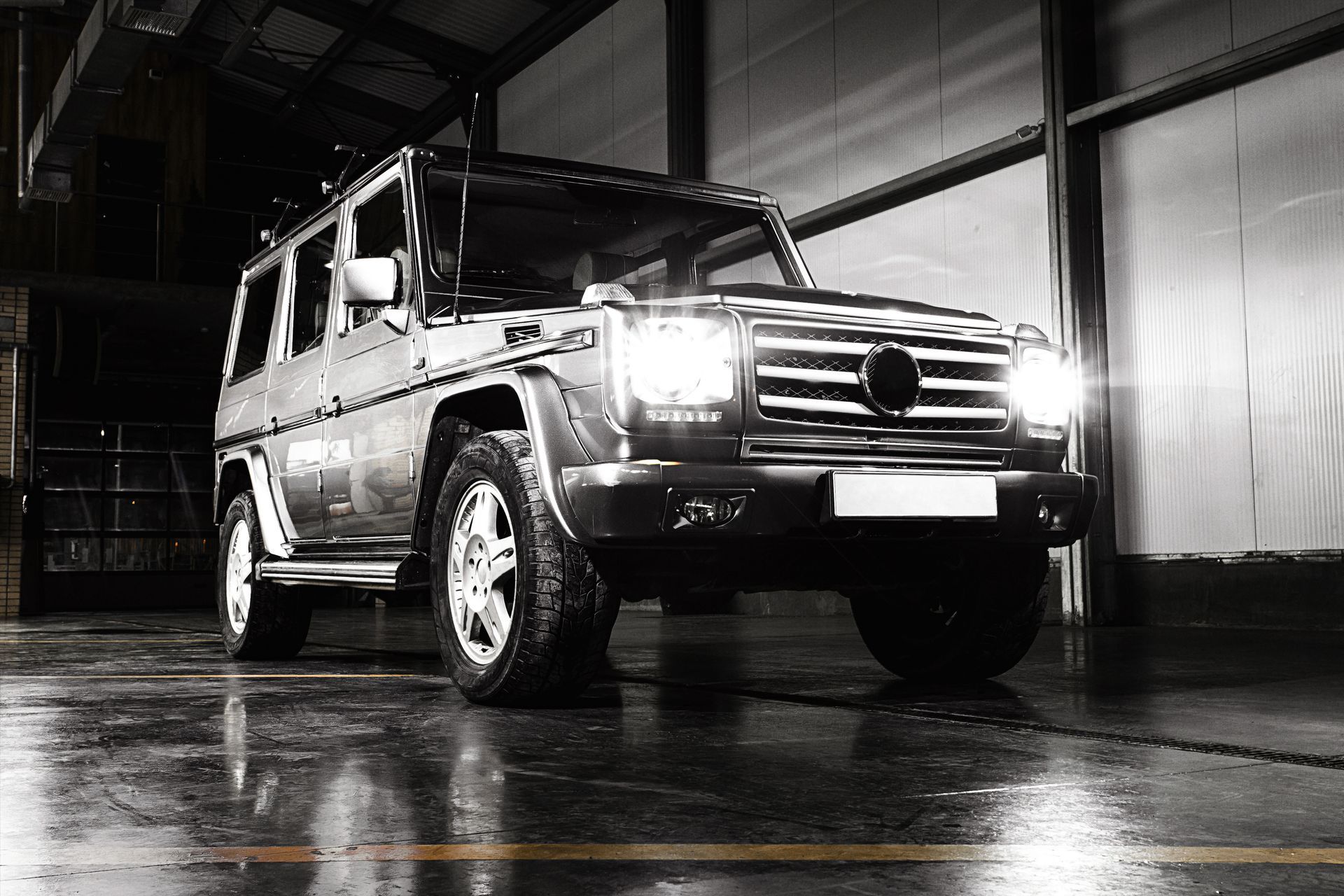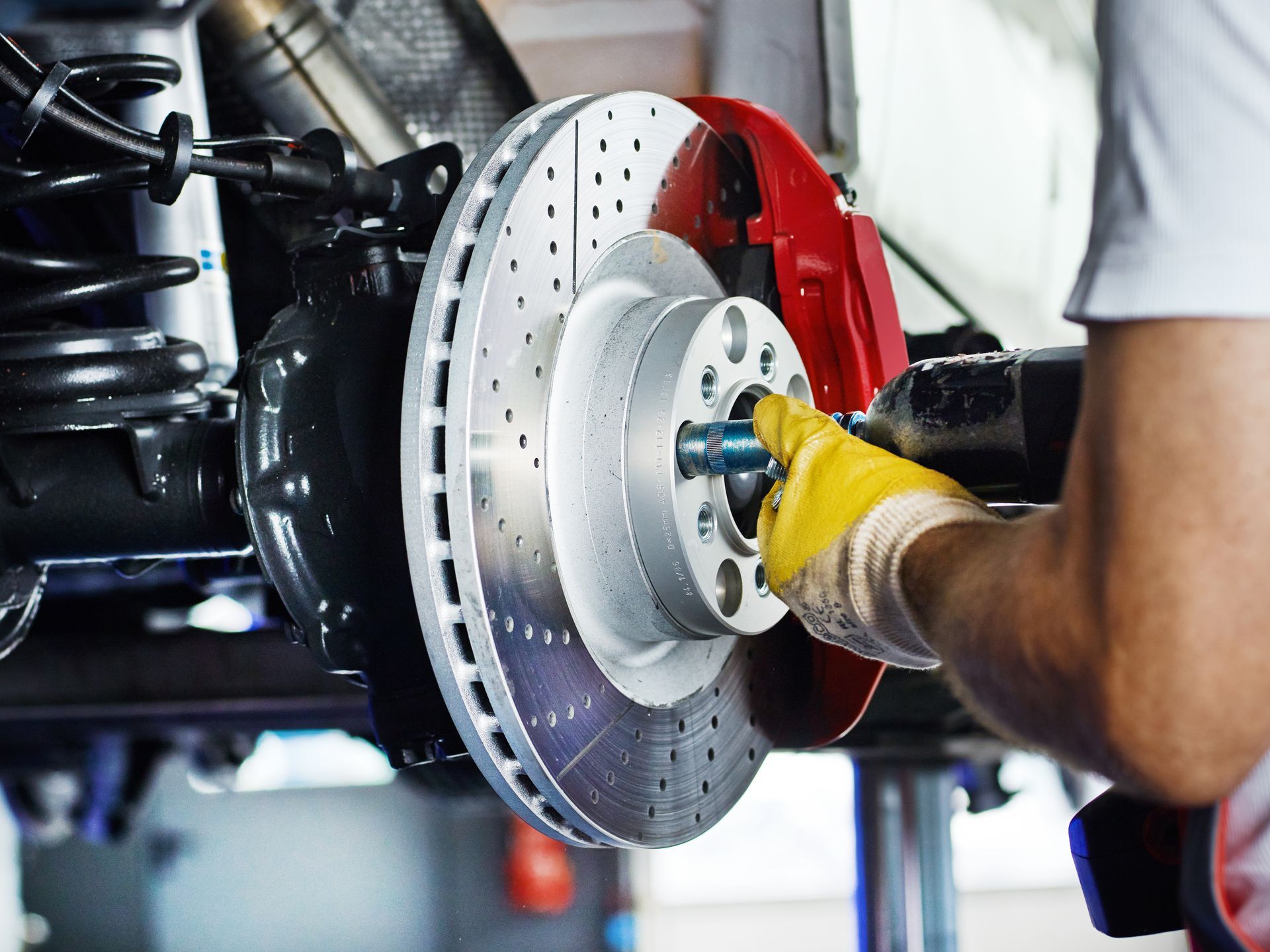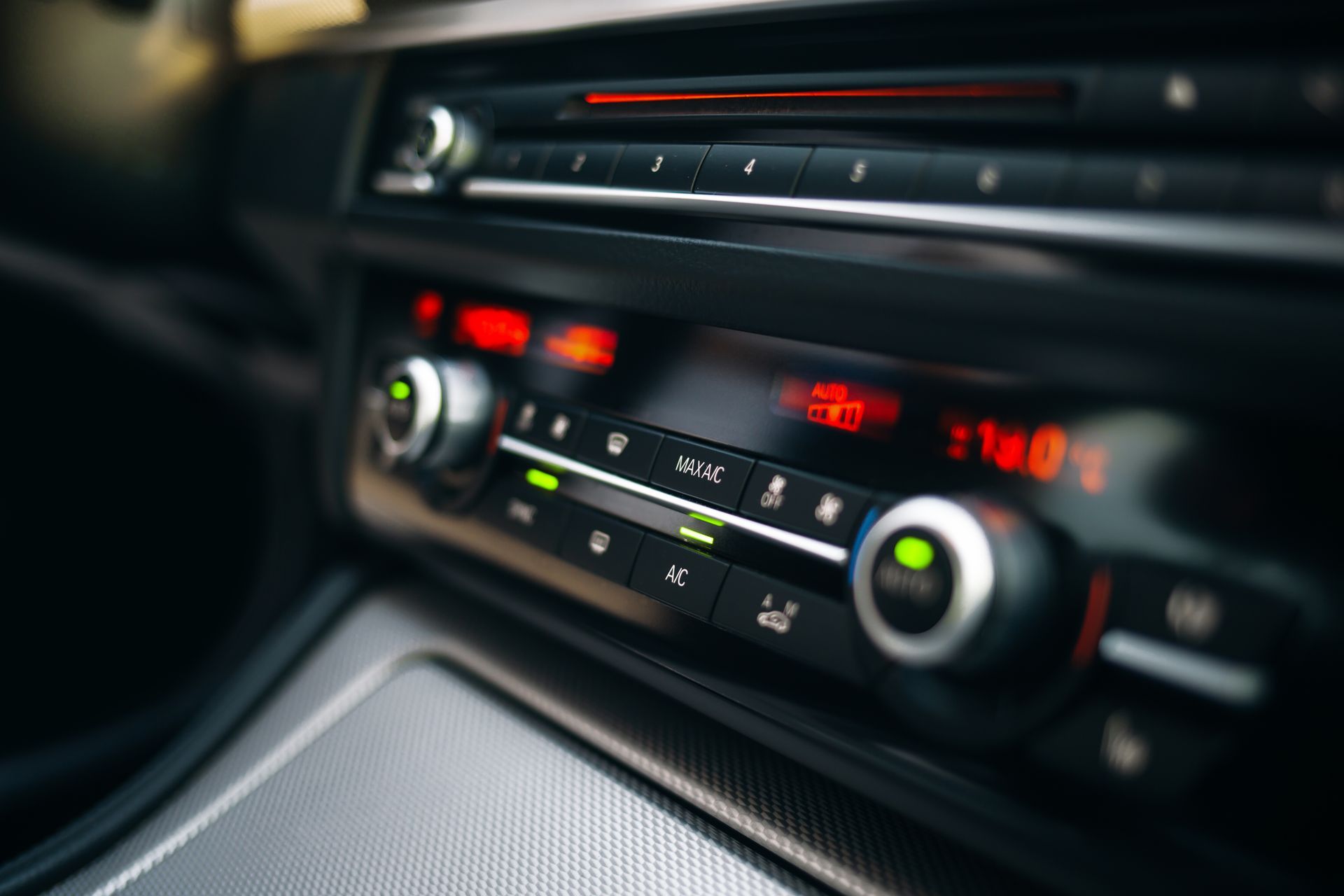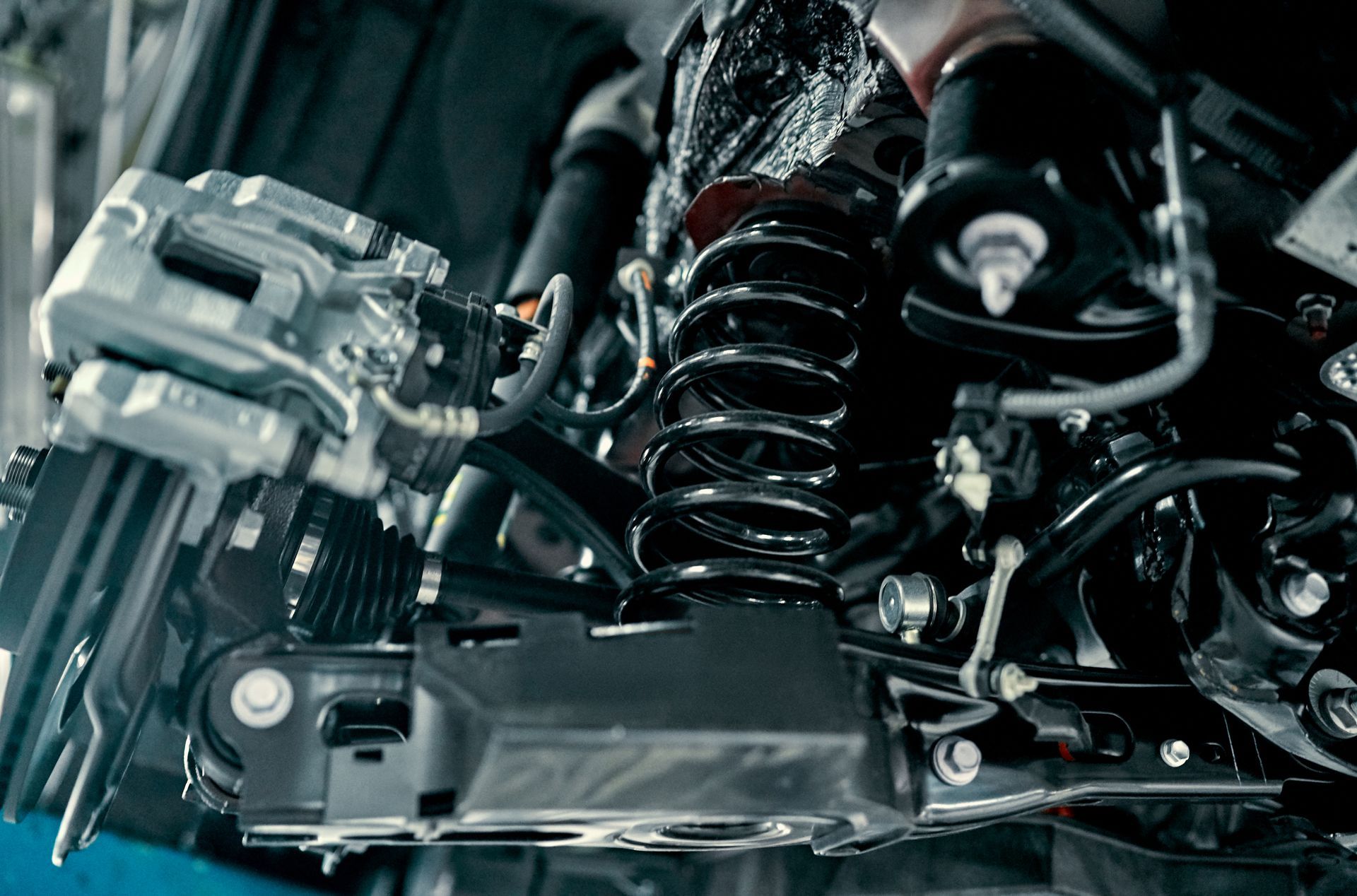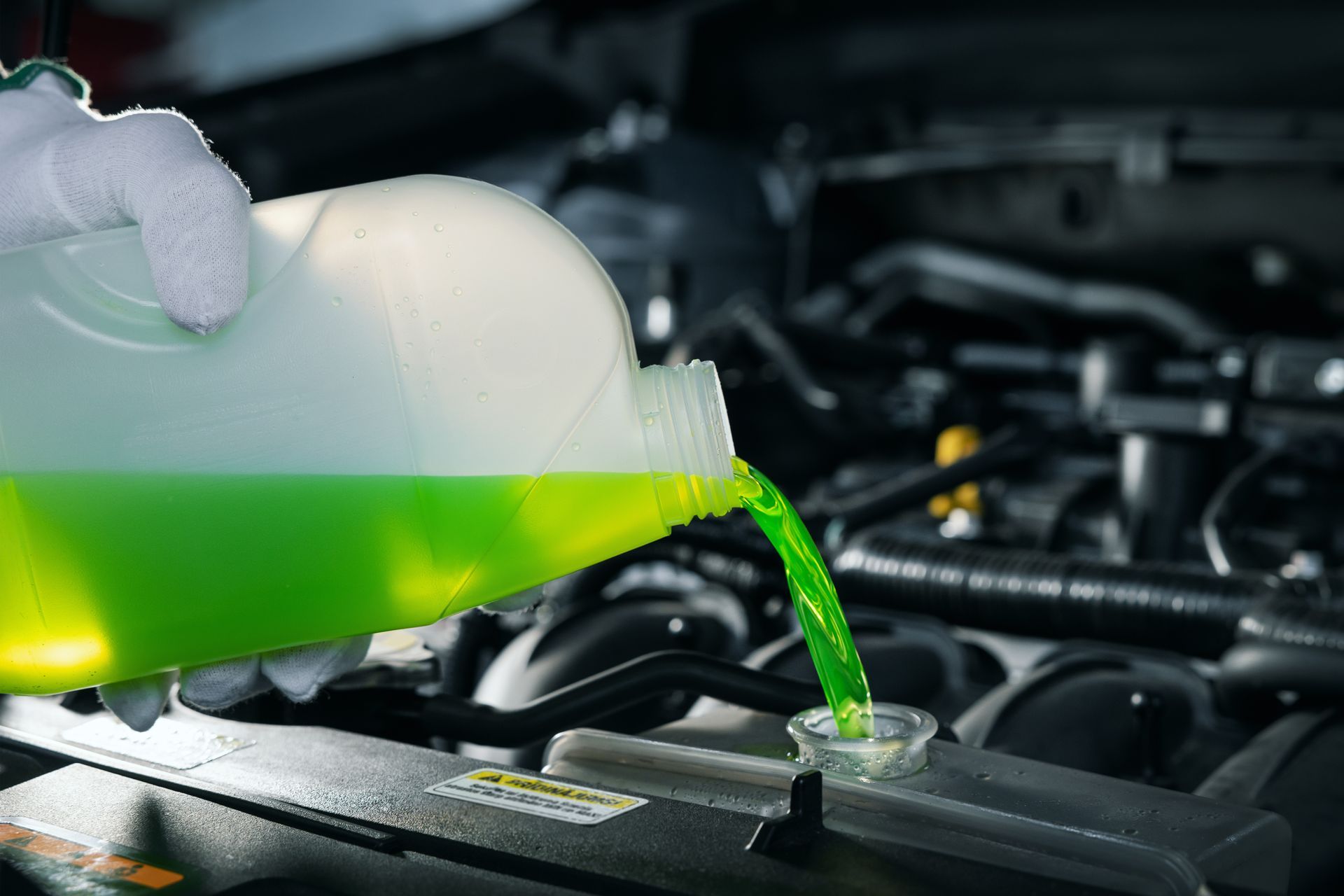Winter driving can be a challenge for any car, but when it comes to a BMW, ensuring your vehicle is ready for the colder months is important. From icy roads to unpredictable weather, winter conditions demand more from your car. If you want your BMW to perform its best and keep you safe throughout the season, a little preparation goes a long way. Let’s explore the steps you should take to winterize your BMW effectively.
Check Your Tires and Switch to Winter Tires
Your tires are your BMW’s connection to the road, and during winter, they face some of the toughest conditions. While all-season tires might work for mild climates, they don’t provide the grip you need on icy or snowy roads. Winter tires are designed specifically to handle these challenges, offering better traction and braking performance in freezing temperatures.
When inspecting your tires, check the tread depth and ensure they have at least 6/32 inches for winter driving. Tires with worn tread are more likely to slip or lose grip in poor weather. Don’t forget to also monitor the tire pressure regularly, as cold air can cause it to drop. Properly inflated tires improve handling and reduce the risk of a blowout.
Test and Maintain Your Battery
Freezing temperatures are hard on car batteries, and even a luxury vehicle like a BMW isn’t immune to these effects. The last thing you want is to be stranded with a dead battery on a snowy morning. Have your battery tested before winter sets in to ensure it’s holding a full charge.
If your battery is over three years old, it’s wise to consider a replacement, especially if you’ve noticed slower starts lately. Don’t forget to clean the battery terminals and check for corrosion, as this can weaken the electrical connection and leave you with an unreliable start.
Inspect Your Cooling System and Antifreeze Levels
Your BMW’s cooling system plays a crucial role in keeping your engine running efficiently, even when temperatures plummet. Make sure your antifreeze levels are correct and that the fluid is clean and free from debris. Old or contaminated antifreeze can lose its effectiveness, potentially leading to engine damage.
A 50/50 mix of antifreeze and water is typically recommended for winter driving, but it’s always best to check your owner’s manual for specific guidelines. While you’re at it, inspect the hoses and radiator for any leaks or signs of wear, as these can become bigger problems in colder weather.
Replace Wiper Blades and Refill Washer Fluid
Driving in snow, sleet, and slush requires excellent visibility, and your windshield wipers play a significant role in this. Over time, wiper blades can become worn or brittle, reducing their ability to clear your windshield effectively. Switching to winter wiper blades can make a noticeable difference—they’re built to handle heavy snow and ice without freezing up.
Don’t overlook your washer fluid, either. Regular fluid can freeze in subzero temperatures, so opt for one designed for winter use. This will ensure you can easily clear road grime and salt from your windshield while driving.
Inspect Your Heating System and Defroster
A functioning heating system is a must for keeping yourself warm during winter drives, but it’s also essential for safety. Your defroster helps keep your windows free from fog and ice, maintaining clear visibility. Test your heating and defrosting systems before winter begins to catch any issues early.
If you notice weak airflow or unusual smells when you turn on the heat, it’s worth getting it checked out. Issues like clogged filters or leaks in the heating system can compromise performance and make winter driving uncomfortable.
Keep an Emergency Kit in Your Trunk
Even with the best preparation, unexpected situations can still arise during winter. Keeping an emergency kit in your BMW ensures you’re ready for anything. Pack essentials like a flashlight, jumper cables, a first-aid kit, a blanket, and some non-perishable snacks. Don’t forget items like an ice scraper, a small shovel, and a bag of sand or kitty litter for added traction if you get stuck.
While BMWs are known for their reliability, having these supplies on hand adds an extra layer of security during harsh winter conditions.
Don’t Forget Regular Maintenance
Winter weather can amplify existing issues with your BMW, so addressing any lingering maintenance tasks is crucial. Check your oil levels and consider switching to winter-grade oil if recommended for your model. Inspect your brakes to ensure they’re responsive and free from wear, as stopping on icy roads requires optimal performance.
Pay attention to your lights, too. Clean and check all headlights, taillights, and fog lights to make sure they’re functioning correctly. Shorter days and lower visibility during winter mean you’ll rely on them more than usual.
Don’t let winter weather catch you off guard! Bring your BMW to California Star for a thorough inspection and winter preparation. Let us help you stay safe on the road this season.


